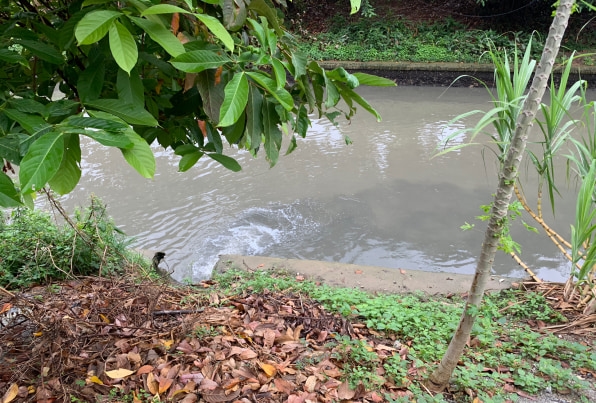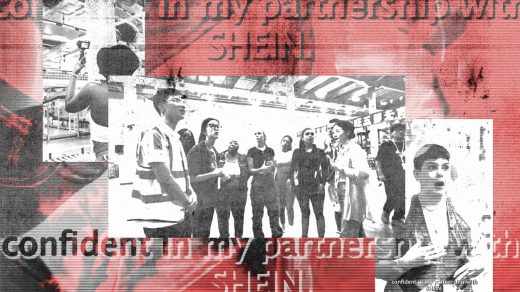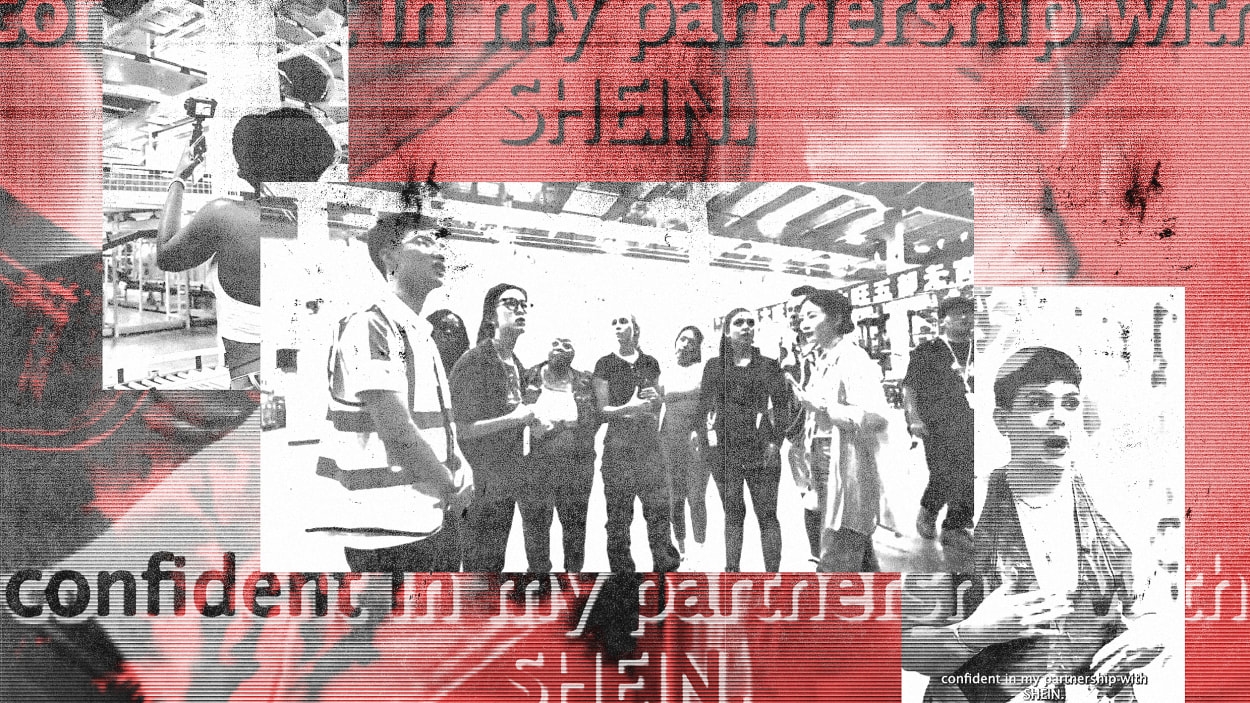I’ve investigated the fashion industry. It’s not like Shein’s viral influencer videos
By Maxine Bédat
Shein is at it again. The fast-fashion company has gone from spending money to buy the influence of nonprofits and emerging designers to its latest—and particularly distasteful—tactic: spending money to buy the influence of influencers.
Shein recently flew TikTokers to visit its operations in China in a PR move meant to counteract the unsavory facts of worker exploitation and enormous environmental impact that researchers, journalists, and authors have uncovered. I have investigated this industry closely (and written a book on the subject) and so I’ve seen these places with my own eyes.
In our fun-house modern media landscape, these influencers—literally wined, dined, and flown in by Shein—purported to be investigative journalists while on that PR tour. But the content they produced is not journalism; it’s a case study in propaganda. Let us count a few ways:
1. As noted, this was a trip paid for by the same company supposedly being “investigated.” The influencers were flown business class, loaded with gifts, entertained in China and Singapore, and generally provided a once-in-a-lifetime deluxe travel opportunity. This is not how one forms an objective experience.
2. Seeing as it was a trip paid for by the company, the tour was not to any average factory producing for Shein. (Shein, as is industry standard, doesn’t own the factories where its products are actually produced.) This so-called factory was nothing of the kind; it was Shein’s innovation center.
Offering access to model facilities is a feature of the fashion industry. The only factories to which I have received an advanced invitation are those that a company wanted to show off. It’s only those that I gained access to without an invitation—by posing as a naive buyer—that helped me see the underbelly of the industry.
3. The influencers commented that they were able to interview workers who answered questions “honestly and authentically,” who spoke about naps after lunch, easy hours, and easy commutes. However, those influencers didn’t stop to consider that these were workers being interviewed at their job with translation done by their employer. Now tell me, would you throw your employer under the bus in your place of employment in the presence of said employer? Of course not.
When I speak to garment workers, I do so off-site and anonymously so that they can speak freely of their experiences. The stories they share and the living conditions I have seen tell a very different story—one of living quarters the size of a small closet for a family of four and of working 18-hour shifts to make ends meet.
4. Several of the influencers noted how the “factory” was clean, well lit, used a lot of technology, and that the workers were not actually sweating. Setting aside that they were visiting a model facility and definitely not an average factory producing garments for the company, we need to check ourselves on what we expect bad conditions to look like. A sweatshop is a metaphor—it doesn’t mean people actually need to be sweating in order for exploitation to occur.
Step inside an Amazon distribution facility and you’d see it shares similar characteristics. But speak to people who work within those bright walls and you’ll learn that well-lit and technology-driven spaces do not equate to great working conditions. It says nothing about the hours worked, the type or pace of work, or the pay allotted for the work—nor does it say anything about the environmental impact of all the things coming out of those factories.
5. Speaking of environmental impact: This PR stunt wasn’t just about labor conditions, it was a whitewash of the entire company. The truth is that Shein and its competitor Temu together import 600,000 packages a day into the U.S. These products are air freighted, which adds an enormous carbon footprint to their already fossil-fuel-based fibers and fossil-fuel-based processing.
Shein is the leading company putting fast fashion on overdrive. And it uses the influencer economy (made up of influencers who, let’s not forget, are businesses themselves) to power its growth. All of this creates both enormous waste and significantly contributes to the climate crisis. Depending on which report one looks at, the fashion industry is responsible for anywhere from 2% to 8% of global greenhouse gas emissions, and those figures don’t even take into account the volume being added by Shein, a relatively new player.
If these influencers spent any time in the cities in which Shein products are made, the environmental impact would be readily apparent. In my visits to cities like Guangzhou, the rivers flow black from chemical pollution and the air is thick with smoke. Sparkling model factories can’t hide that reality, if only one wishes to open one’s eyes.

This PR stunt is not just a case study of propaganda, it is a demonstration of America’s broader myopia. Part of the image that was projected in this media tour went beyond Shein—it was a story of China’s modernism. And China is modern. Its trains are newer, its hotels are newer, and, yes, its malls are newer. People were expecting to enter a land of poverty and dinginess, but modern China—the places they were shown, anyway—glistens. It’s choking on its own pollution, but it glistens. Yet exploitation of labor still happens in the shadows of those economies, as it does for Amazon distribution workers in the U.S.
Beyond the details of this particular trip or even America’s outdated perception of China is the state of our media today. While anyone reading this likely knows that objective media, and people’s consumption of that media, is central to democracy, people on TikTok don’t. While these Gen Zers were on their way back from a brand-sponsored trip, the Reuters Institute launched its latest global state of digital news report, in which it found that “[the youngest generations] often pay more attention to influencers or celebrities than they do journalists, even when it comes to news.”
The generations that are not on TikTok don’t see the corrosive effects it has on our democracy, and with it the ability to govern and address society’s greatest challenges—such as the climate crisis that makes the air I breathe while writing this full of smoke.
We desperately need to regulate the fashion industry. Even leading fashion players such as Stella McCartney agree that no one company can reach sustainability unless it is a requirement for all companies. But in order to get support for regulation, we need citizens to demand that of their representatives. When influencers use their platforms to spread false narratives, it makes getting that support—and thus addressing these crises—that much more difficult.
What this influencer trip incident reveals is that a few narrow-minded young people can conveniently believe and widely share a false narrative that allows them a free deluxe holiday. But the wider story is around the urgent need to address social media’s corrosive effects on our society, and the need for real accountability for the actual impact of Shein, and the broader fashion industry.
Will we create systems to allow for objective media, media that holds power to account, to thrive? I hope so. Our democracy and—it is not hyperbole to say—our survival depends on it.
Maxine Bédat is the author of Unraveled: The Life and Death of a Garment, and the director of New Standard Institute. To find out more about how the fashion industry can be regulated meaningfully and how you can help, go to thefashionact.org.
(21)



